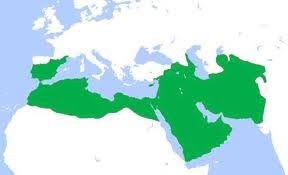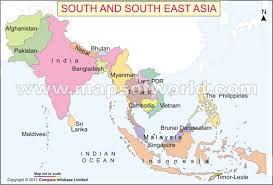AP World History: Modern- Unit 1: The Global Tapestry
1/43
Earn XP
Description and Tags
Got all this info from Heimler's History.
Name | Mastery | Learn | Test | Matching | Spaced |
|---|
No study sessions yet.
44 Terms
Confucianism
an ancient Chinese belief system, which focuses on the importance of personal ethics and morality.
Human society is hierarchical by nature
Filial Piety
Confucian belief
Based on honoring ones ancestors and parents
Neo-Confucianism
Founded in the Song Dynasty.
Was influenced by Buddhist and Daoist philosophical values.
Demonstrates continuity + innovation
Foot Binding
Chinese custom of breaking and tightly binding the feet of young girls in order to change the shape and size of their feet.
Considered a status symbol and mark of beauty.
Imperial Bureaucracy
Organization in which appointed officials enforced policies of the empire.
Civil Service Exam
Exam designed to select the best candidates for the bureaucracy.
Which countries were influenced by China in 1200-1450?
Korea, Vietnam, Japan.
What did Korea adopt from China?
Adopted the civil service exam, Confucian principals, and the role of women in society.
What did Japan adopt from China?
Adopted China’s imperial bureaucracy
What did Vietnam adopt from China?
Adopted Confucianism, Buddhism, literacy techniques, and the civil service exam.
Buddhism
Based on the Four Noble Truths by the Buddha. The goal is to achieve personal salvation called nirvana, a state of perfect spiritual independence.
What are the Four Nobel Truths?
Life is suffering.
We suffer because we crave.
We cease suffering when we cease craving.
The eight-fold path leads to cease suffering and craving.
Hinduism
It is a polytheistic religion that believes in Brahma, the creator god, and his various incarnations. The role is to reach nirvana through reincarnation.
What are the similarities of Buddhism and Hinduism?
The cycle of rebirth and reincarnation, and ultimate goal to dissolve into the oneness of the universe- Nirvana.
Theravada Buddhism
Located in Sri Lanka
Believers isolate themselves from ‘regular’ people who are too occupied with the world to try to get to Nirvana. Focuses more on mediation.
Mahayana Buddhism
From East Asia
The believers of this religion have already reached Nirvana and try to help others achieve Nirvana as well. Involves more ritual practices
Economy in China
Artisans produced more goods than they could consumer. Sold excess around Eurasia. Became wealthly.
What did China mainly sell in the period 1200-1450?
porcelain and silk
Agricultural Innovation in China?
Champa Rice
What is Champa Rice?
Rice that matured early, resisted drought and could be harvested early.
Transportation Innovations in China
Expansion of the Great Canal. This facilitated trade and communication among regions.

Dar-al-Islam
Means ‘the house of Islam’ refers to the parts of the world where Muslims are in the majority and the ruler practice Islam.

Judaism
monotheistic religion developed among the ancient Hebrews. Judaism is characterized by a belief in one transcendent God who revealed himself to Abraham, Moses, and the Hebrew prophets.
Christianity
Branched out of Judaism and was founded by Jesus of Nazreth. Based on the life of Jesus.
Islam
Islam is a monotheistic religion founded in the 7th century by the prophet Muhammad. Islam is based on the belief in one God (Allah) and the teachings of Muhammad as recorded in the Quran, the holy book of Islam.
Abbasid Caliphate
was ethnically arab
ruled over the Islamic world, replacing the Umayyad Caliphate in 750 CE and lasting until 1258. It was known for its advancements in arts, science, and culture. Crumbled and were led by ethnic turks
Seljuk Sultanate
a medieval Turko-Persian Sunni Muslim empire that existed from 1037 to 1194 CE. It played a key role in the revival of Islam and Persian culture during the Middle Ages. Controlled the Abbasid Caliphate
House of Wisdom
a major Abbasid public academy and intellectual center in Baghdad
made advances in science and mathmatics
How was Muslim rule expanded?
Military expansion, Muslim merchants, Muslim missionaries
What were the three belief systems in South and South East Asia?
Hinduism, Buddhism, and Islam

Bhakti Movement
Innovated from traditional polytheistic Hinduism
Emphasized challenges to social and gender hierarchies